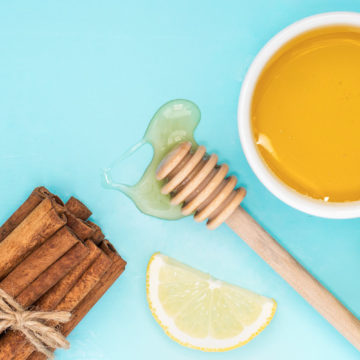What’s In Your Honey Jar?
Raw, organic, pure, natural, filtered, unfiltered, pasteurized and spun. All of these terms can be seen on honey labels, but what do they really mean? Here’s a handy guide to help you decipher what’s in your honey jar.
Raw honey: According to the National Honey Board, raw honey generally means honey that’s unadulterated, unheated and unfiltered. The state of Utah recently passed a bill that legally takes the definition a step further. It states that “raw” refers to honey as it exists in the beehive or as obtained by extraction, settling or straining and that has not been heated above 118 degrees Fahrenheit during production or storage. Raw honey can contain up to 80 different nutritional substances, including vitamins, minerals and trace elements.
Organic honey: The definition of “organic honey” varies by country. The U.S. has stricter standards than most countries, with certifying agencies that primarily follow the National Organic Standards Board guidelines. The qualification checklist is lengthy and requires stringent documentation. In order for honey to be considered “organic honey,” the bees must only get nectar from approved forage areas that do not include modern agriculture, urban areas, highways or other disqualifying land uses.
Natural honey: Regardless of whether it is pasteurized, heated or filtered, all honey that is produced by bees from the nectar of flowers is considered “natural,” providing that it contains no additives such as water, sugar or coloring.
Pure honey: Also intended to be free of additives, “pure” honey is normally heated to higher temperatures to kill microorganisms and allow for ease of filtering. It is typically clear and light colored with a milder flavor and stores longer without crystallization than other forms of honey.
Filtered/Unfiltered honey: All honey undergoes straining to remove larger solids, but honey that is labeled as “unfiltered” will still contain some impurities, including fine particles from the hive, pollen grains and air bubbles. “Filtered” honey is heated slightly and then passed through a fine filter to remove the particles, which encourage crystallization.
Pasteurized honey: Pasteurization is a process that uses heat to destroy microorganisms. The reason honey is not recommended for children under the age of 1 is because much of it is not pasteurized and contains bacterial enzymes, which can actually have health benefits for those of us who are older with fully developed immune systems.
Spun honey: Also called whipped or creamed honey, this product results when honey crystals or “seeds” are blended into regular honey at high speeds until a creamy, stable consistency is achieved. Honey in this form is easily spreadable and quite tasty!
Regardless of how you like your honey, Sioux Honey has something for you. Check out our sweet lineup of products in our online store.



